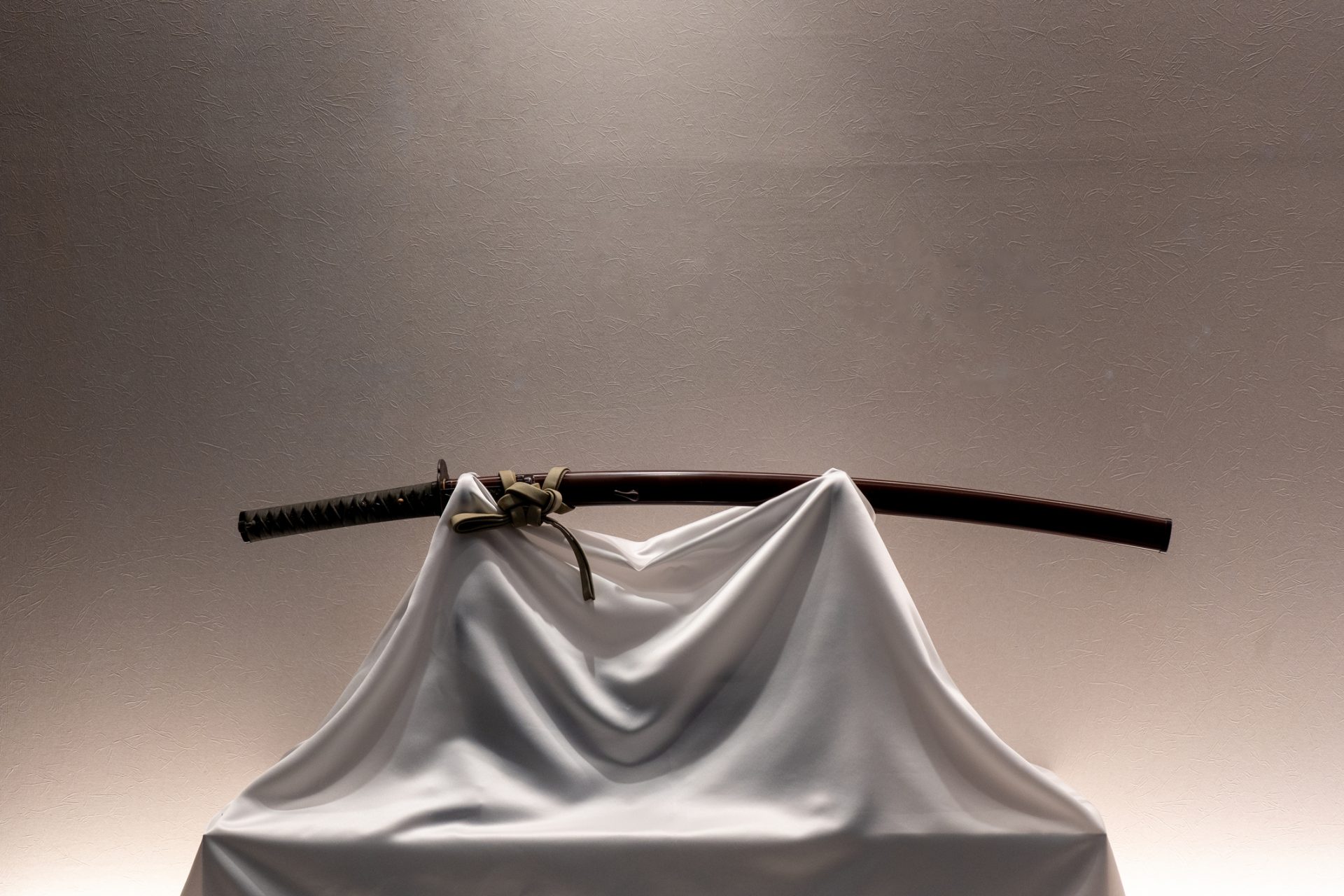Dark and sordid myths behind the world's favorite gemstone: diamonds
Rarity and aesthetics make diamonds some of the most expensive and precious gemstones in the world.
Diamonds have been recognized as a symbol of status since before the ancient world built its wonders and have been used to show one's power and position within society. But for all their beauty, diamonds have always had a terrible dark side.
Since the beginning of recorded history, diamonds have been at the heart of a series of rather sinister legends, many of which have been handed down over the centuries. Here is a short history of sinister myths and legends that surrounded diamonds from the past.
It is not well known who first mined diamonds and used them in their jewelry. The Greek word Adamas, from which the term diamond is derived, appears in the Old Testament, but modern theories suggest it referred to corundum or some other substance.
Image: k2karwan (Pixabay).
Pliny the Elder, a Roman naturalist and military commander, described diamonds in great detail in his ' Naturalis historia', a vast encyclopedia in which the author had collected much of the knowledge of the time.
In Naturalis historia, Pliny described the characteristics and healing (read magical) properties of various minerals, including diamonds.
Pliny also described diamonds as a gem known only to the rulers of a country, capable of neutralizing poisons and placating mental agitation.
Some art historians, however, believe that Pliny had never actually seen a real diamond in person, believing instead that he may have confused it with other gems.
Until the development of modern polishing techniques by Ludwig van Berkem of Bruges, the value of diamonds was not much more than that of rubies, emeralds, or sapphires.
There are several stories and legends that have developed over time that have contributed to the mystery of diamonds. One striking example commonly referenced is the "toxicity" of diamonds.
Legend has it that Catherine de' Medici used a diamond poison to eliminate her political opponents, though, it was most likely arsenic rather than diamonds poisoning her victims.
From the Middle Ages well into the Renaissance, the toxicity of diamonds was taken very seriously, and they were often used crushed up and mixed into food as a way to poison someone.
Other myths, however, suggest that wearing a diamond could actually neutralize any poison in one's body rather than cause sickness.
According to another weird story from the 14th century, diamonds could be used for more than just poisoning or protecting oneself from poison. It was said that diamonds could also give their wearer the power to block an enemy's sword.
Holy Roman Emperor Frederick II and Ottoman Emperor Bayezid II are said to have been poisoned with diamond dust. Even Paracelsus, a physician and alchemist, is said to have been threatened with death by diamond poison.
There is also another interesting folktale that has been passed down over the ages. According to the tale, a vengeful person asked a polisher for diamond dust so he could strike down his enemy.
But the polisher was too lazy to pulverize the rough diamonds given to him. Instead of diamond dust, the polisher gave his customer some crystal powder rock he had at hand. So the polisher's laziness may have saved a life that day!
Stories about poisonous diamonds have been shared since long before the 18th century. But they may have been deliberately spread by diamond mine owners looking to prevent their miners from swallowing rough stones and carrying them off to sell later.
Image: MemoryCatcher (Pixabay).
The practice of ingesting diamonds is not just a thing of the distant past, though. Even today, places like Thailand, Sri Lanka, and South Africa have reported cases of people swallowing diamond rings and loose stones in order to steal them. However they tend to end up in a hospital bed with abdominal pain, so many rumors about ancient poisonous diamonds may be true!
There is little clinical data on the dangers of diamonds, but if they enter the gastrointestinal tract, peristalsis can push them into the digestive tract, damaging internal organs and causing respiratory problems that can be life-threatening.
Image: luzybarua (Pixabay).
According to Khalsa College in India, diamond dust can damage tissue and cause bleeding in a similar manner to ingesting glass powder or needles.
In 2005 tests were conducted on dogs and cats fed with food mixed with diamond dust, which did not show any toxicity. In any case, more research is needed in the future to determine the safety of ingesting diamonds.
The benefits of diamonds have also attracted the attention of the medical world from the medieval and renaissance periods. Pope Clement VII was prescribed a gem powder containing diamonds to treat his stomach ailments.
It should be noted, however, that gemology at the time was still in its infancy and was strongly associated with mystical magic, alchemy, and astronomy.
One of the countries where the most disturbing myths about diamonds were recorded was in India, where diamonds with irregular shapes were frowned upon because they were thought to bring bad luck.
Image by Simon (Pixabay).
Considered a source of strife and disease, Hindus also distinguish between male and female diamonds. Based on their shape, stones were classified as masculine, feminine, or neutral: masculine stones had superior medicinal properties while wearing a neutral stone was feared and thought to bring disappointment and destruction.
In India, it is common for people to lick diamonds, popularized by the 1978 Bollywood film Muqaddar Ka Sikandar. Partly due to the film's influence, an urban legend has spread in India that children who lick a diamond will die.
There is a legend in India surrounding the Koh-i-Noor, a diamond that was said to have been discovered in the country over 5,000 years ago. The Koh-i-Noor was said to be worth "half the daily expenditure of all the people in the world" and it was thought to be cursed, dooming those who came to possess it.
Around 1850, the Koh-i-Noor was presented to Queen Victoria by the East India Company. At the time it weighed approximately 1,861 carats and Queen Victoria called a Dutch polisher to court to have it re-polished.
Fortunately, the curse of the fabulous Koh-i-Noor diamond was said to apply only to male monarchs and actually brought good luck to women. It should be noted that the late Queen Elizabeth rarely wore the Koh-i-Noor, which was set in the center of the Maltese cross in the crown of Elizabeth Bowes-Lyon, consort of George VI.
The Hope Diamond, discovered in the 17th century, is another diamond with a haunting history that was famous around the world. It is a "type 2b" diamond, meaning that it developed its blue color thanks to the presence of boron.
The Hope diamond was found on the frame of a statue in an Indian temple and stolen by the French jeweler Jean-Baptiste Tavernier, who presented it to Louis XIV. Tavernier himself was unaware of the legend that a terrible curse would befall anyone who stole the diamond from the temple.
Louis XIV died of smallpox and everyone knows the sad fate of his successors Louis XVI and Marie Antoinette. The tragedy that befell the French royal family at the height of its glory may be why the Hope Diamond has been deemed "cursed".
The "Hope" in the Hope diamond doesn't actually refer to"hope", but rather it comes from the Hope family who came into possession of the diamond after the death of King George IV. The family got into a lot of debt after buying the diamond, coincidence?
The Hope Diamond kept changing owners and misfortune seemed to accompany it where ever it went. The diamond was bought by the French jeweler Pierre Cartier, who then sold it to the wealthy American lady Evelyn Walsh McLean.
Mrs. Walsh MacLean sadly lost her nine-year-old son in a road accident shortly after her purchase and her husband died in a psychiatric hospital not too long after they lost their son.
But what happened to the Hope diamond? It was bought by the American jeweler Harry Winston. Winston was a prominent figure in the history of diamond jewelry and donated the Hope diamond to the Smithsonian Institution, sending it in a $2.44 package.
The value of a diamond is not necessarily determined by its characteristics but rather by the feelings associated with giving and receiving them, as well as the myths and legends that have been perpetuated over the centuries.
These myths and legends have contributed to the value of diamonds and their charm, although these stories are sometimes downright disturbing.
More for you
Top Stories




















































